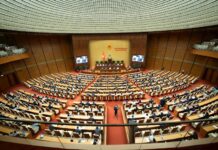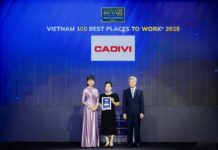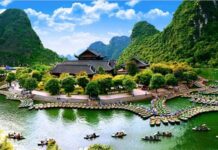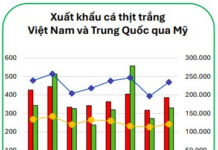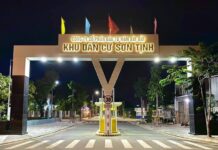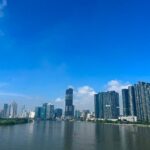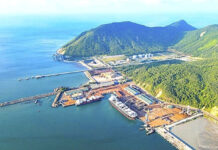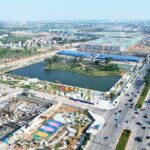Assoc. Prof. and Architect Ngô Anh Vũ, Director of the Ho Chi Minh City Urban Planning Institute, believes that in the new context, Ho Chi Minh City requires exceptional and preferential mechanisms to leverage its potential and strengths, accelerate development, and contribute more significantly to the nation.
Leveraging Advantages
According to Mr. Ngô Anh Vũ, National Assembly Resolution 98/2023 on piloting special mechanisms and policies for Ho Chi Minh City’s development has helped address several issues, including the restart of infrastructure projects, which is a positive sign. However, given the current context and challenges identified during the implementation of Resolution 98/2023, the city needs faster, stronger, and more expansive mechanisms and policies.
Mr. Ngô Anh Vũ emphasizes that Ho Chi Minh City must rapidly develop multiple urban rail transit lines, requiring substantial resources. Therefore, the city’s proposals for mechanisms and policies related to the Transit-Oriented Development (TOD) model are both reasonable and urgent. Allowing the city to retain 100% of revenue from TOD land funds to reinvest in metro and transportation projects within the TOD network is essential for accelerating metro development.
“We expect the TOD model’s appeal to shorten the timeline for urban rail transit development. Only by synchronizing metro lines can the city effectively solve urban traffic challenges and enhance residents’ quality of life,” said Mr. Vũ.
The Director of the Ho Chi Minh City Urban Planning Institute supports granting the Ho Chi Minh City People’s Committee the authority to organize, appraise, and approve urban planning tasks and master plans, as well as designate consultants for these tasks. This will streamline planning procedures, retain strategic investors, and create investment momentum, as prolonged delays in procedures can lead to missed opportunities.
Meanwhile, some experts suggest that in the long term, a Special Urban Law for Ho Chi Minh City should be developed. This would provide a clear legal framework with flexibility to seize opportunities and leverage advantages, avoiding the current situation of “addressing issues as they arise.”
At the 5th specialized session of the 10th Ho Chi Minh City People’s Council (2021-2026 term), Delegate Vương Đức Hoàng Quân acknowledged that over two years of implementing Resolution 98, the city has achieved initial results. However, new tasks and challenges require updated legal documents. For example, Article 10 of Resolution 98/2023, which pertains to the administrative structure of the former Thu Duc City, is no longer suitable and needs revision. Other provisions also require expansion or modification to align with the current context.
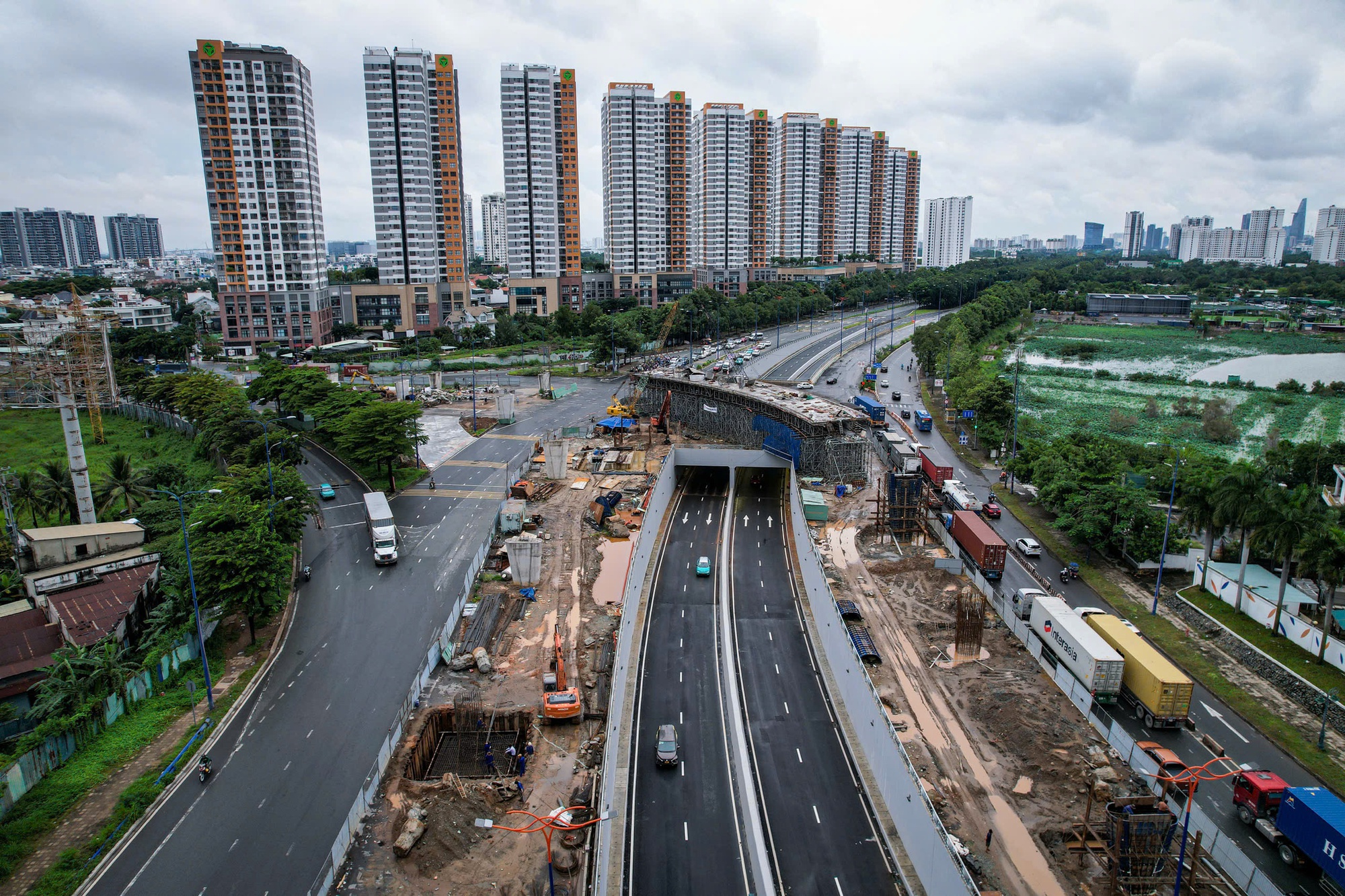
Ho Chi Minh City needs exceptional mechanisms and policies to develop the TOD model. Pictured: The HC1-01 underpass at An Phú Intersection opened on June 30. Photo: HOÀNG TRIỀU
Three Priority Mechanism Groups
Dr. Chu Thanh Tuấn, Deputy Head of the Bachelor of Business Program at RMIT University Vietnam, notes that alongside opportunities, significant challenges in forming a megacity cannot be overlooked: traditional governance structures will be overwhelmed; delays and disconnects from the public may occur without robust model changes; resource allocation, land value sharing, pollution management, and infrastructure burdens may lead to regional conflicts. In this context, amending Resolution 98 is essential to remove bottlenecks and create new momentum for Ho Chi Minh City.
Dr. Chu Thanh Tuấn identifies three priority mechanism groups, with a focus on integrating regional urban spatial development and megacity management models. Specifically, a regional agency should be established and empowered to plan and approve integrated cross-border plans for provinces and cities; inter-regional coordination mechanisms for transportation, environment, and infrastructure digitization should be added; and new tools such as urban development companies and land readjustment partnerships should be introduced to accelerate major projects. As a pillar, TOD should be linked with land acquisition and compensation procedure reforms to prevent infrastructure development bottlenecks.
Experts believe that with exceptional mechanisms from an amended Resolution 98, Ho Chi Minh City could transition from seeking special policies to becoming a globally competitive megacity in Southeast Asia. This transformative window is open, requiring bold, decisive, and consistent institutional design in 2025.
According to Dr. Đỗ Thiên Anh Tuấn from the Fulbright School of Public Policy and Management, Ho Chi Minh City’s new development space allows for expanded investment and infrastructure, alongside high-quality FDI attraction to elevate technology, governance, and productivity. If effectively utilized, the city could achieve double-digit growth without compromising sustainability.
“This is an opportunity for the city to shift from its old growth model based on capital and labor to one driven by innovation, regional connectivity, and global integration, befitting its status as Southeast Asia’s leading economic megacity in the coming decade,” said Dr. Đỗ Thiên Anh Tuấn.
Incentives for Strategic Investors
Dr. Chu Thanh Tuấn suggests that creating mechanisms to enhance competitiveness, innovation, and internationalization is crucial for Ho Chi Minh City’s megacity status.
This will foster the development of free economic zones and international financial centers (IFCs), expanding incentives for strategic investors in high-tech, semiconductor, and digital sectors.
Unlocking Housing Supply: The Golden Key of Mega-Urbanization
According to experts, the development of megacities centered around public transportation will be the key to unlocking future housing supply challenges.
Four New Residential Projects in Ho Chi Minh City Receive Land Ownership Certificates
Discover the epitome of luxury living in the garden villa area of Hiệp Bình Ward, the Cluster B apartments at Saigon Intela, and the 12-story residential building within the 10-hectare resettlement area of Đông Hưng Thuận Ward. Explore the elegance of Opal Riverside apartments and the Bến Lức Residential Area project, now under review to provide land ownership certificates for homeowners.
Café Amazon Exits Vietnam as Mixue Bubble Tea Quietly Scales Back Store Count
Thailand’s Café Amazon brand officially exits Vietnam, while China’s tea giant Mixue quietly reduces its store count.








